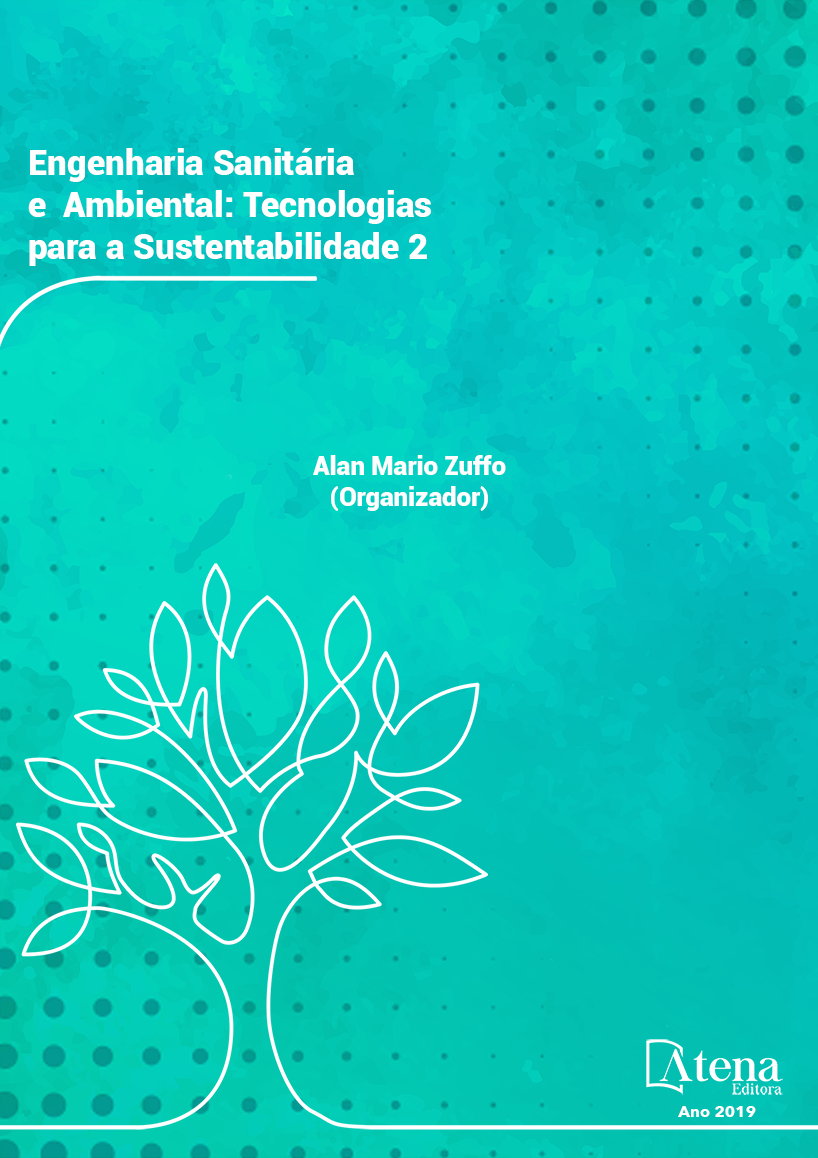
AGRICULTURA: UMA ALTERNATIVA PARA O USO DO LODO GERADO NA ESTAÇÃO DE TRATAMENTO DE EFLUENTE IBEROSTAR NA REGIÃO METROPOLITANA DE SALVADOR-BA
O aumento populacional e o
desenvolvimento dos grandes centros urbanos
vêm acarretando um grande acréscimo na
geração de esgoto sanitário, aumentando
gradativamente a demanda na estação de
tratamento de efluente. No entanto, esse
tratamento resulta em um resíduo sólido em
quantidade e qualidade variável, denominado
de lodo de esgoto cuja disposição final é
diretamente em aterros sanitários. Devido a
grande demanda há uma preocupação com
a destinação final desse resíduo, pois além
de causar a saturação nos aterros sanitários
pode se tornar um grande problema ambiental
havendo uma necessidade de buscar soluções
para o reuso do mesmo. Este artigo teve como
objetivo verificar a viabilidade da aplicação do
lodo de esgoto gerado na Estação de Tratamento
de Efluente Iberostar por gradeamento no
cultivo de limoeiro como insumo, fornecendo
nutrientes para o solo através do processo de
compostagem. Posteriormente foi realizadas
análises das substâncias inorgânicas,
indicadores bacteriológicos, agentes
patogênicos e estabilidade, a fim de atender os
parâmetros fixados na resolução CONAMA nº
375/2006. De acordo com os resultados obtidos
das análises o lodo foi classificado em classe
A, apresentando uma redução significativa
de metais pesados e agentes patogênicos
depois do processo de compostagem, podendo
ser usado na agricultura de forma irrestrita.
Verificou-se através do desenvolvimento
das mudas de limoeiro, que o biossólido
após o processo de compostagem teve uma
contribuição significativa no crescimento da
muda de limoeiro de 0,13% em relação a
muda com solo local que foi de 0,084%.
Os valores obtidos foram comparados aos
limites preconizados pela legislação vigente,
resultando em uma destinação segura para
utilização agrícola.
AGRICULTURA: UMA ALTERNATIVA PARA O USO DO LODO GERADO NA ESTAÇÃO DE TRATAMENTO DE EFLUENTE IBEROSTAR NA REGIÃO METROPOLITANA DE SALVADOR-BA
-
DOI: 10.22533/at.ed.5001911043
-
Palavras-chave: Esgoto; Lodo; Tratamento; Compostagem; Agricultura.
-
Keywords: Sewage; Mud; Treatment; Compostagem; Agriculture
-
Abstract:
The population increase and the
development of the great urbane centers are
bringing a geat addition in the generation of
sewage, increasing gradually the demand in
the station of wastewater treatment. However,
this treatment turns in a solid residue in quantity and variablequality, called of mud of
sewage which final arrangement is straightly in sanitary landfills. Due to great demand
be a preoccupation with the final destination of this residue, so, besides causing the
saturation in the sanitary landfills, it can become a great environmental problem being
a need to look for solutions for the reuse of the same thing. The Objective of this
article was to check the viability of the application of the mud of sewer pipe produced
in the Station of Treatment of Effluent Iberostar in the lemon tree cultivation like input,
supplying nutritious for the ground through the composting process. Subsequently there
was carried out an analysis of the potentially toxic, indicative inorganic and organic
substances bacteriologic, pathogenics agents, agronomic potential and stability in
order that n. 375/2006 attended the parameters quoted in the resolution CONAMA.
According to the results obtained from the analyzes, the sludge was classified in class
A, presenting a significant reduction of heavy metals and pathogens, being able to be
used in agriculture in an unrestricted way. It was also verified that the biosolid after
the composting process had a significant contribution in the development of the lime
saplings of 13.1% in relation to the saplings with the local soil 0,084%. The values
obtained were compared to the limits recommended by the current legislation for
agricultural use.
-
Número de páginas: 15
- Iolanda de Almeida Bispo
- Sheila dos Santos Almeida
- Selma Souza Alves


